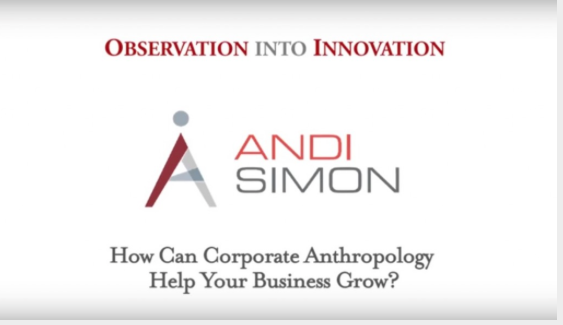For years, I opened my CEO workshops by asking participants this question:
“Are you an innovative leader helping your company remain competitive in a fast-changing business environment?” Invariably, every hand would go up. But when I asked them to share some examples of successful innovations or product improvements they’d introduced, they were stumped.
Eventually, I realized that executives want to be perceived as innovators, but, in reality, they don’t understand how to be innovators. Consequently, their performance often falls far short of their management ideals. I don’t fault these leaders—–their hearts and intentions are in the right place—–but when it comes to making innovation happen, they typically flounder.
What’s the Problem? Let’s Take a Look!
Innovative corporations like Apple or Google are notable because they are the exceptions to the norm. The norm is that most corporations are good at a few core things, but when the market changes, they are slow to respond and may not even be able to respond at all. (Maxwell Wessel’s article in Harvard Business Review, “Why Big Companies Can’t Innovate,” offers an insightful analysis of the problem.)
As a corporate anthropologist and Founder/President of Simon Associates Management Consultants which specializes in helping companies change, I am usually called in when companies are going through one of these change-related crises. I then have the good fortune and tremendous challenge of working with smart executive teams right at the moment when the strategies that functioned extremely well for them in the past have stopped working, and they are unable to find a fresh approach.
Obstacles to Innovation
What stands in their way? Throughout decades of helping companies navigate change, I have observed many different types of barriers to innovation, but four key themes turn up over and over again:
- Ingrained Corporate Culture: All companies develop an internal culture as they grow, and that culture supports and strengthens their core business. Often, building the corporate culture is a key component of the core business and part of what made it strong in the first place. However, when that core business needs to react to the market—–i.e., when it needs to change—–companies typically default to the status quo instead of seeking out fresh approaches. In an organization (large or small) with an ingrained culture, new ideas aren’t encouraged because they might distract from business growth. There is no infrastructure to accommodate risk-taking intrapreneurs. This may make a business more stable during good times, but the advantage quickly turns into a weakness when a crisis hits.
- Human Resistance to Change: It is natural for people to resist change. This happens as much in corporate life as it does in our personal lives. Change is hard, and it forces us to face a lot of unknowns. Resistance to change is especially common in family firms, where management teams are instinctively protective of their founding ideals, their business model and their own role in the company.About 90% of US firms operate as family firms, but only around 30% survive to the second generation (and just 12% to the third and 3% to the fourth). For family-owned businesses, building a structure that allows for risk-taking and innovation is critical, not just for growth but also for survival.
- Reluctance to Ask for Help: Business leaders at the highest level may feel just as uncomfortable about asking for help as the rest of us. On top of that, they have to deal with the pressure that comes from being in charge and with vulnerable egos. They’re also prone to the silo thinking that inevitably happens when executives isolate themselves in conversational loops with people they’ve known and worked with for years. In business as in life, when problems or challenges arise, we tend to try to work harder, which usually means doing more of the very thing that isn’t working. But merely trying to work harder often makes the problem worse. Instead, what’s needed is a fresh approach.
- The Wrong Type of Leadership Skills: Executives usually rise to the top of their organizations by being good at managing what their company does best. They know a lot about how to run a company, but not much about how to change it. And why should they? The skillset for running a large company focuses on maintaining success, not on trying new things when there’s no need to.Entrepreneurs and founders of start-ups, on the other hand, are often fantastic innovators. They have to grapple with multiple obstacles every day, and need to see and act on opportunities that others miss. Often the founders—and their entrepreneurial spirit—are long gone by the time a company reaches the point where it needs to innovate again. Tellingly, it is leaders who are effective at guiding companies through crisis and innovation who typically know how to spark creative thinking and implement change.
How can leaders overcome these obstacles and do what needs to be done?
There are 3 very basic things that help companies build creativity and innovation into their business models and into those corporate cultures that reinforce that business:
To find out how innovation can become “something we do here” instead of “something we avoid until there is a crisis,” you might watch our video on how Corporate Anthropology Helps Companies Grow:
Another great resource for you is my new book, “On the Brink: A Fresh Lens to Take Your Business to New Heights,” where I talk extensively about innovation and culture change. Order your copy from Amazon today!





